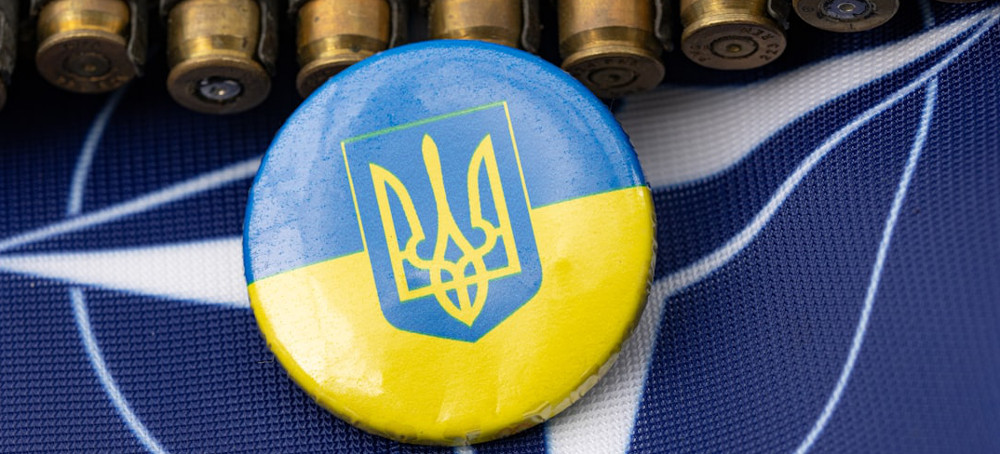NATO Troops in Ukraine
Alexander Vindman Substack 'Potential Roles for Limited Troops in Ukraine.' (photo: Marek Studzinski/Unsplash)
'Potential Roles for Limited Troops in Ukraine.' (photo: Marek Studzinski/Unsplash) NATO Troops in Ukraine
Alexander Vindman Substack
Potential Roles for Limited Troops in Ukraine
On February 26th 2024, French President Emmanuel Macron raised the possibility of deploying French troops to Ukraine. Macron did not specify what this deployment would look like and would later state that "Nothing should be excluded. We will do everything that we must so that Russia does not win."
Kyiv has already clarified that French soldiers “will not be dying in Ukraine” and there is no indication that the EU or NATO is planning a collective deployment to Ukraine. Further details would suggest that Macron’s comments were in reference to a multilateral defense pact between Ukraine and several other European states. This grouping would not reach the scope and scale of an alliance like NATO, but would still provide Ukraine a collective counterweight against Russian aggression.
As the details of Macron’s vision of Franco-Ukrainian cooperation gradually emerge we should ask ourselves - what would a manned French mission in support of Ukraine look like? Without a full military deployment there are several possibilities. It’s possible that the French military could deploy a limited number of advisors and support staff to assist the Ukrainian military in reforming its officer corps and command structure. These individuals would likely be located away from the line of contact and would be a part of Kyiv’s reconstruction of Ukrainian offensive capabilities for a future campaign. It’s also possible that technicians and engineers could be deployed to Ukraine in order to assist with developing repair facilities for French-produced CAESAR artillery operated by the Ukrainian military. Like much of the equipment provided by Kyiv’s western allies, CAESAR artillery are dependent on transportation to facilities located in Europe for repair and maintenance. Considering that the amount of CAESAR systems operated by the Ukrainian military is expected to increase, development of such facilities in Ukraine by these teams of French technicians would be crucial in minimizing the logistical demand. There’s also the unlikely possibility that French intervention in Ukraine would come in the form of small special forces units advising Ukrainian operatives near the line of contact. This would not mean French combatants participating directly in the conflict an avoid retaliation by the Russian military.
While Macron’s comments may have come as a surprise to outside observers (particularly after two years of fighting), we should consider the current state of the European security order. Our former president has publicly admitted to inviting Russia to attack a NATO member and has managed to obstruct American security aid to Ukraine through his vassals in congress. Until the recent announcement of a $300 million security package, the Biden administration has struggled to grapple with congressional deadlock and has delivered mixed signals on its willingness to further support Ukraine. Under these conditions, major American allies in Europe have mobilized to fill the vacuum left by America’s ambiguous stance towards further supporting Ukrainian. While President Biden has continuously stated that there are neither American boots on the ground in Ukraine nor any plans to deploy American troops to Ukraine, we should consider which elements of Macron’s model of direct engagement the U.S. could emulate. for instance, allowing American contractors and engineers to open repair facilities in Ukraine would ensure that damaged western equipment would no longer have to be transported to Poland for maintenance.
The benefits of lifting the strict prohibition of military personnel and contractors and permitting limited NATO troops in a supporting role in Ukraine significantly outweigh the highly-inflated risks of escalation and Russia-NATO confrontation. By allowing select members of the armed forces to assist in training missions the Ukrainian military would draw upon the experience and best practices of the United States military, while enabling the U.S. military to draw lessons from the Russia-Ukraine war. And learning from Ukraine will save America Troop’s lives in the event of a near-peer confrontation.
